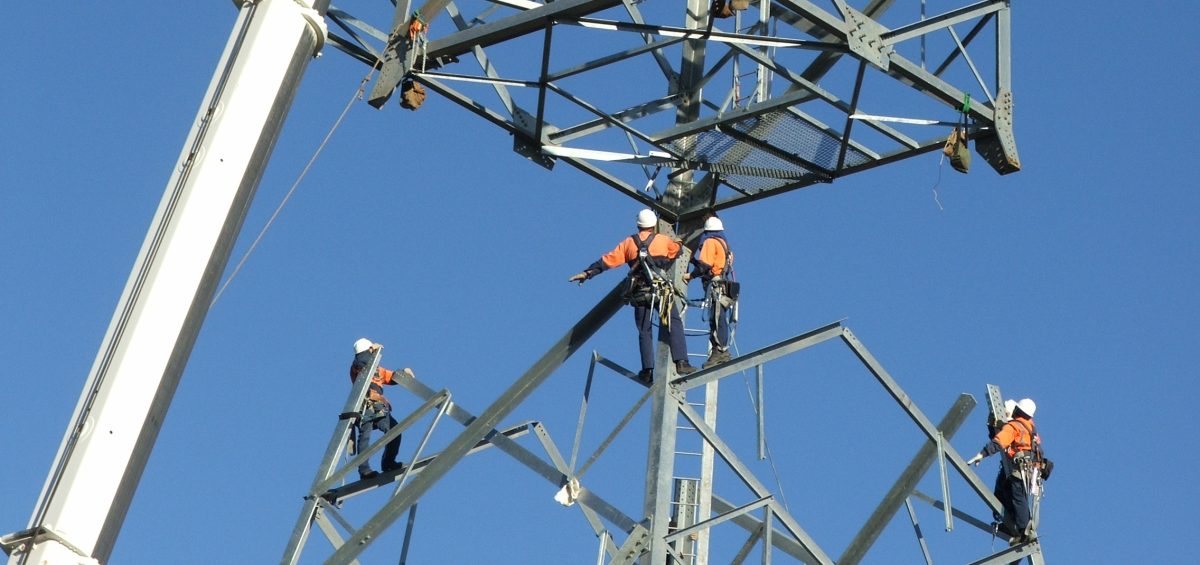Working at Heights
Over the past few years (and in particular recent times), we have seen a number of serious injuries and fatalities in WA involving either actual falls from heights, or with equipment used to elevate personnel / equipment to a height.
Working at heights is one of the six WorkSafe WA’s key priority areas and is one of the highest risk activities that personnel regularly undertake at workplaces.
It is worthwhile noting the legal obligations when working at heights against current OSH legislation, bearing in mind that the below referenced and existing 2-3m rule presently within WA is likely to change with the implementation of the Work Health and Safety (WHS) Act currently being debated in Parliament.
The current WA OSH Regulations detail the requirements whenever someone is working from a specific height (either 2 or 3 metres) however, working at height is also defined as where a person can fall from one level to another – NOTE: this definition does not specify any distance in height and is likely going to be the definition within the incoming WHS Regulations.
The current OSH regulations state that anyone at any workplace that is an employer, the main contractor, a self-employed person or a person having control of the workplace must ensure that edge protection is provided and kept in place whenever there is a risk that a person could fall:
- 2 or more metres from the edge of — a scaffold, fixed stair, landing, suspended slab, formwork or falsework at the workplace
OR;
- 3 or more metres from any other edge (other than an edge referred to above).
It is further stipulated that the ‘edge protection’ must have:
- A top rail — positioned not less than 900 mm and not more than 1100 mm above the working surface and is capable of withstanding a force of 0.55 kN (approx 56Kg) applied to any point
AND;
- Either —
- A mid rail and a toe board; or
- A toe board and a mesh panel that comprises wire that is not less than 3 mm in diameter and apertures not greater than 75 mm x 50 mm and that fills the space between the top rail and the toe board.
- A scaffold mesh panel suffices for both the above.
Where edge protection is not erected, or not practicable to erect or install, an alternative and still compliant means is a fall injury prevention system (appropriate harness, lanyard style and attachment point/s) is to be provided and in operation.
Where a fall prevention system is used in place of edge protection, consideration must be given to the type of harness and lanyard style to be utilised based on a site specific risk assessment to ensure that further hazards are not introduced by the use of such a method.
Additionally, the anchor point must be installed and regularly inspected by a competent person, likewise should harnesses and lanyards.
Safety Solutions WA WHS Consultants recommend that for any worker required to wear a harness for whatever reason, the individual has successfully undertaken working at heights training.
A risk assessment should always be conducted (and ideally documented) when working from height to ensure that any site hazards have been adequately identified, assessed and managed.
For any work on a ‘construction site’ where a worker is required to work over a height of 2 metres, it is also a legal requirement to have a site specific Safe Work Method Statement (or JSA) prepared, signed by all involved in the activity and to remain on site for the full time period that the activity is being undertaken.
Contact the team at Safety Solutions WA for any assistance or query you have with this topic or any other safety related matter in order to help make your workplace safer.



